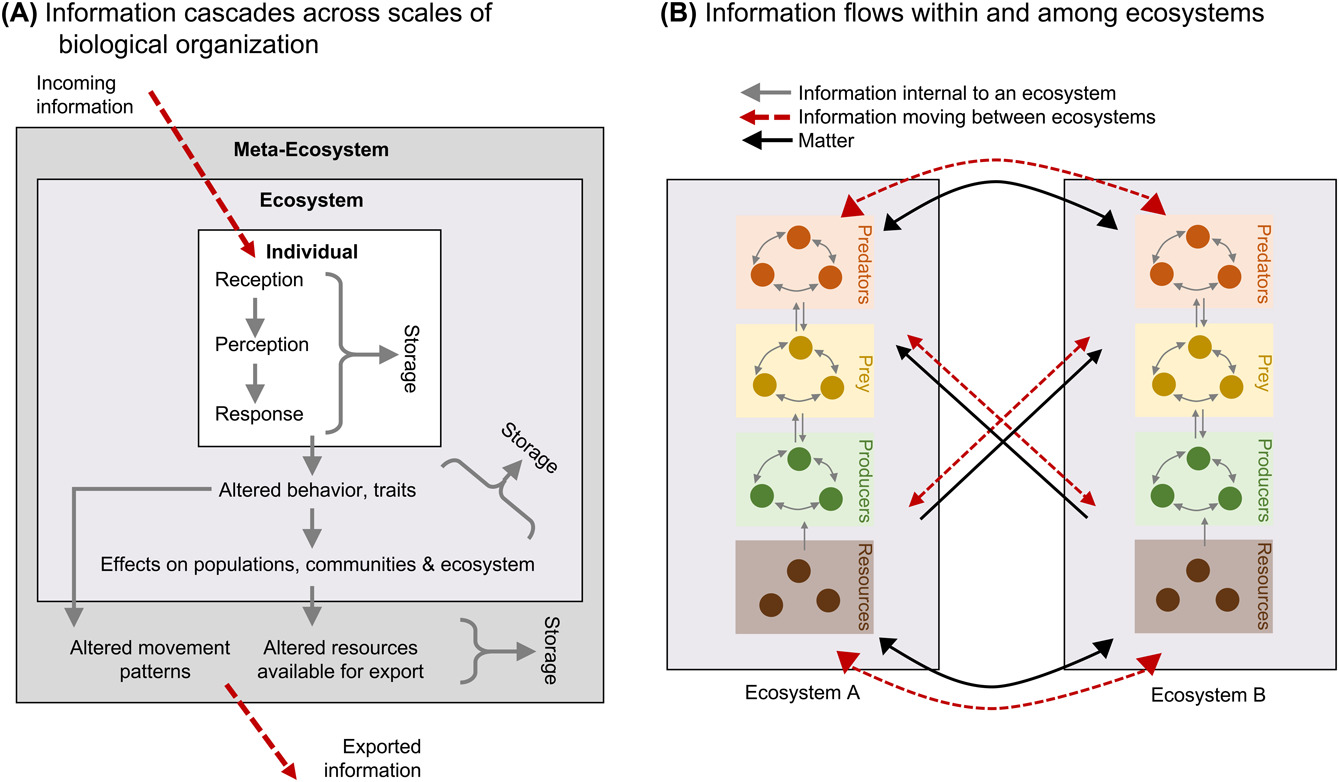Theoretical Ecology
Empirical, boots-on-the-ground research is where my passion for ecology was born. However, between one fieldwork bout and the next, I developed an interest in ecological theory and its multiple facets. Theoretical work in ecology is helpful as working on a piece of paper or a computer screen provides something very hard to come by in the field: repeatability and control. I find toy experiments and simple mathematical models beneficial for learning about a new system, developing research ideas, and shaping research questions and hypotheses. One can then take these and test them in the lab or the field, come back to the theory to adjust what did not work, and repeat the process all over again. Working on both sides of the theoretical-empirical spectrum can be very challenging, but also very rewarding.

My forays into theoretical ecology are just beginning. I am interested in how animal activities—particularly, movement—are featured in mathematical models of ecosystem functioning. I am also collaborating with several stellar researchers to develop new perspectives on how contaminants affect ecosystems by combining mathematical models of ecosystem and contaminants dynamics. Finally, I am working to include exchanges of information among organisms and between organisms and their environment (e.g., alarm calls, pheromones, light-dark cycles) as an additional currency in ecological models, to tackle some of the more elusive questions in ecology.
Relevant papers
Ellis‐Soto D., Ferraro K.M., Rizzuto M., et al. (2021) A methodological roadmap to quantify animal‐vectored spatial ecosystem subsidies. Journal of Animal Ecology 90:1605–1622. DOI: 10.1111/1365-2656.13538
Little C.J., Rizzuto M., Luhring T.M., et al. Movement with Meaning: Integrating Information into Meta-Ecology. Oikos. DOI: 10.1111/oik.08892
